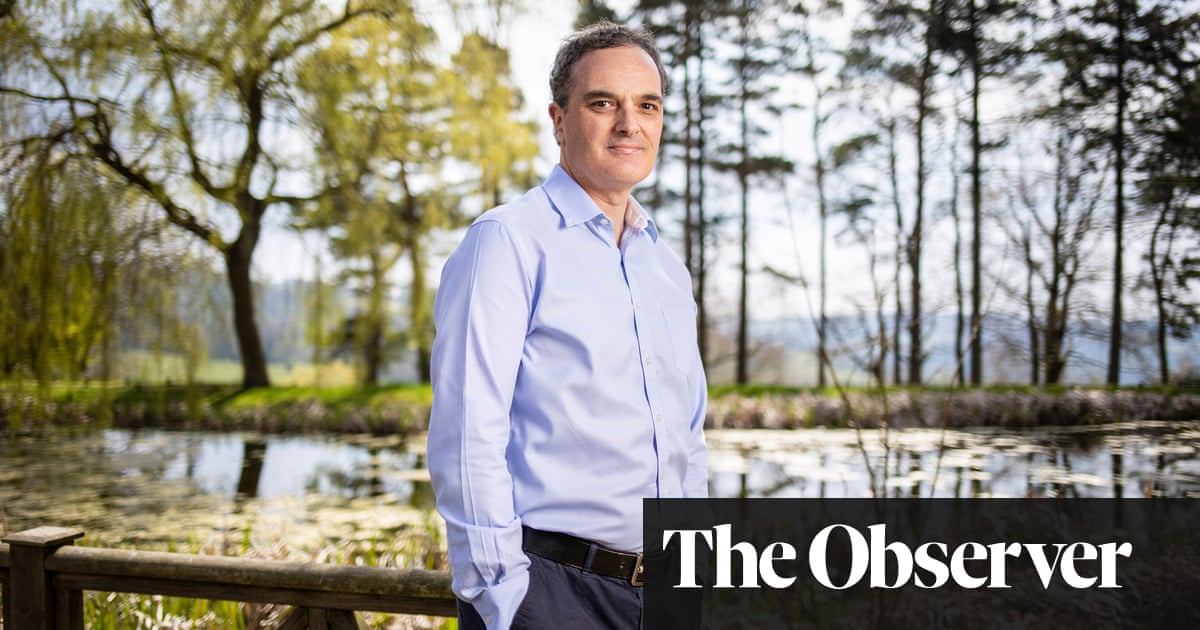
renda Romero, the designer behind Prohibition-era strategy game Empire of Sin, remembers the meeting as if it were yesterday. Facing publisher bigwigs in a Cologne conference room, the veteran game maker presented what she had been writing for the past five years, and dreaming of for 20. “It was the most nerve-racking pitch of my life,” she says. “I’m comfortable with public speaking but to be on a stage with an audience of two, where you’re trying to get somebody to fund an idea for two-and-a-half to three years, that’s a big ask.”
For all the shifting dynamics of the video game industry over the past decade – most notably the proliferation of indie games, sometimes made without any funding at all – this is still the most likely way a video game will get made. In a world before Covid-19, hopeful game makers and executives would jet off to conferences such as Gamescom, E3, or the Game Developers Conference to thrash out deals in backroom meetings while the public enjoyed the show.
Empire of Sin is part of a new wave of games known in the industry as “triple I (III)”, independent titles with production values to rival their blockbuster (triple-A, or AAA) counterparts. New funding options and publishers have emerged: Devolver Digital deals in acerbic cartoon violence, Annapurna Interactive offers an accessible take on arthouse, and Swedish publisher Raw Fury sits somewhere between the two. The type of deals on offer can vary, but the fundamentals remain the same. Publishers will often fund production as well as additional costs such as marketing and quality assurance. Then, when a game is eventually released, revenue share is either split between publisher and studio, or kicks in once the publisher has fully recouped its advance. Depending on the size of advance, studios can be left in the cold (potentially with cashflow problems) as they wait for funds to materialise.
In Romero’s case, video game publisher Paradox Interactive signed the game and she ultimately relinquished ownership. In return, Romero secured enough funds to assemble a team of 30 on the west coast of Ireland.
Megan Fox, founder of Glass Bottom Games, questions whether the trade-offs inherent in a publishing deal are worthwhile for the creators of smaller indie projects. “A publishing company used to be responsible for getting the game into brick and mortar stores,” she says. “But at this point, I can release a game [digitally] on pretty much any platform I care about.”
Fox, a mostly solo game maker, turned to crowdfunding site Kickstarter for her latest project, SkateBIRD, raising enough cash to fund production for a few years. While the crowdfunding site could be counted on to finance bigger-budget game projects, such as point-and-click adventure Broken Age eight years ago, thanks to a string of high-profile failures it is now more likely to fund a team of one rather than 100.
Indie Fund, a collective of 34 independent game makers, most of whom found success during the past decade, has made a habit of essentially eliminating risk from its ventures. Since its formation in 2010, the group has financed many commercial and critical hits, including seminal walking simulator Dear Esther and innovative FMV drama Her Story. Adriaan de Jongh, maker of 2017’s Hidden Folks and one of its most recent members, suggests its high rate of success is partly down to the financing agreement, which caps investor returns at double their initial input. Theoretically, this is good for game makers but the arrangement also stymies risk; Indie Fund’s investors are incentivised to back what they believe are almost sure bets.
“One in two projects need to be successful for me to even remain breaking even,” says De Jongh. “If I could [recoup] four times or even 10 times on a project, I would probably invest in more projects less likely to make their money back.”
Of course, what the investors of Indie Fund perceive to be safe bets is a matter of perspective – and in a mostly white, cisgender male group, that perspective is arguably limited. Indeed, De Jongh admits the risk-averse fund might not be doing everything it can to nurture new talent, particularly game makers from underrepresented backgrounds who could be less experienced or simply less confident. There haven’t been any recent conversations about specifically financing projects headed up by developers of colour, or adding developers of colour to the investor list. This, De Jongh believes, is a result of the group’s amorphous structure. “I’m not certain we’re taking our responsibility for diversity in the games industry seriously by not organising Indie Fund more than we do,” he says.
These issues aren’t limited to Indie Fund but course through what is still a demographically homogeneous industry. Figures from the US show that 81% of game makers identify as white and 71% male; in the UK, the numbers sit at 90% white, 74% male. These figures are an improvement on previous years but there’s a noticeable lag in those from traditionally underrepresented backgrounds filling senior decision-making positions.
Chandana Ekanayake, co-founder of Outerloop Games, the studio behind Falcon Age, has experienced this first-hand while courting investors and publishers. Of the 15 mid-to-large funding sources he recently pitched to, all but one were represented by white men. This, he says, presents particular issues for his studio, which is devoted to telling stories about underrepresented cultures and themes: “I have to assume that some of the things I’m going to talk about aren’t going to resonate. There’s certain lived experiences they might not understand … The types of games that are out there, that are getting funded, would be different if there was more cultural understanding,” says Ekanayake.
Kowloon Nights, a game-funding group established in 2018, is acutely aware of this issue, and is hoping to help shift the direction of the industry with its Fairchild Initiative, a $2m pledge for projects led by black creators and studios. The head of the project, Kendall Deacon Davis, a former narrative designer on Halo 4, says the aim is to facilitate the sustainable growth of black studios and provide a model for such material change. “Ideally, successful games allow studios to get built with great creative cultures,” Davis says. “It’s a lot easier to pump more capital through once that architecture is in place. We’re laying the foundation for much larger-scale diversity initiatives.”
If there’s one thing which arguably impacts access to funding more than anything else, it’s the opaqueness of the process. This extends to accurate and available information on who to contact at publishers, platform holders, or investors – sources of capital for commercial titles – but also to the arts funding increasingly utilised by the experimental scene. Chella Ramanan, maker of dementia-themed game Before I Forget and former video game journalist for publications including the Guardian, says these pots of money are poorly advertised. She also believes video games fall through the funding cracks: after a number of attempts, Ramanan called time on submitting further applications to arts funds for Before I Forget, a process she describes as “exhausting, time-consuming, and demoralising”.
As in television and film, securing capital for an independent video game is often a gruelling process requiring the alignment of multiple stars. There are more funding options available now, to a wider range of video game makers, than ever before – but the system is far from perfect, and the odds of success still tip towards familiar faces. And the video games industry never sits still; in the coming years, Netflix-style subscription services such as Apple Arcade and Xbox Game Pass threaten to rip up the funding rulebook yet again. With Covid-19 slowing life and business and temporarily halting the conferences where the deals are made, this is a good time for those who fund the games we play to reflect on what they’re financing and why – and what they could be doing better to foster the next generation of remarkable developers.












